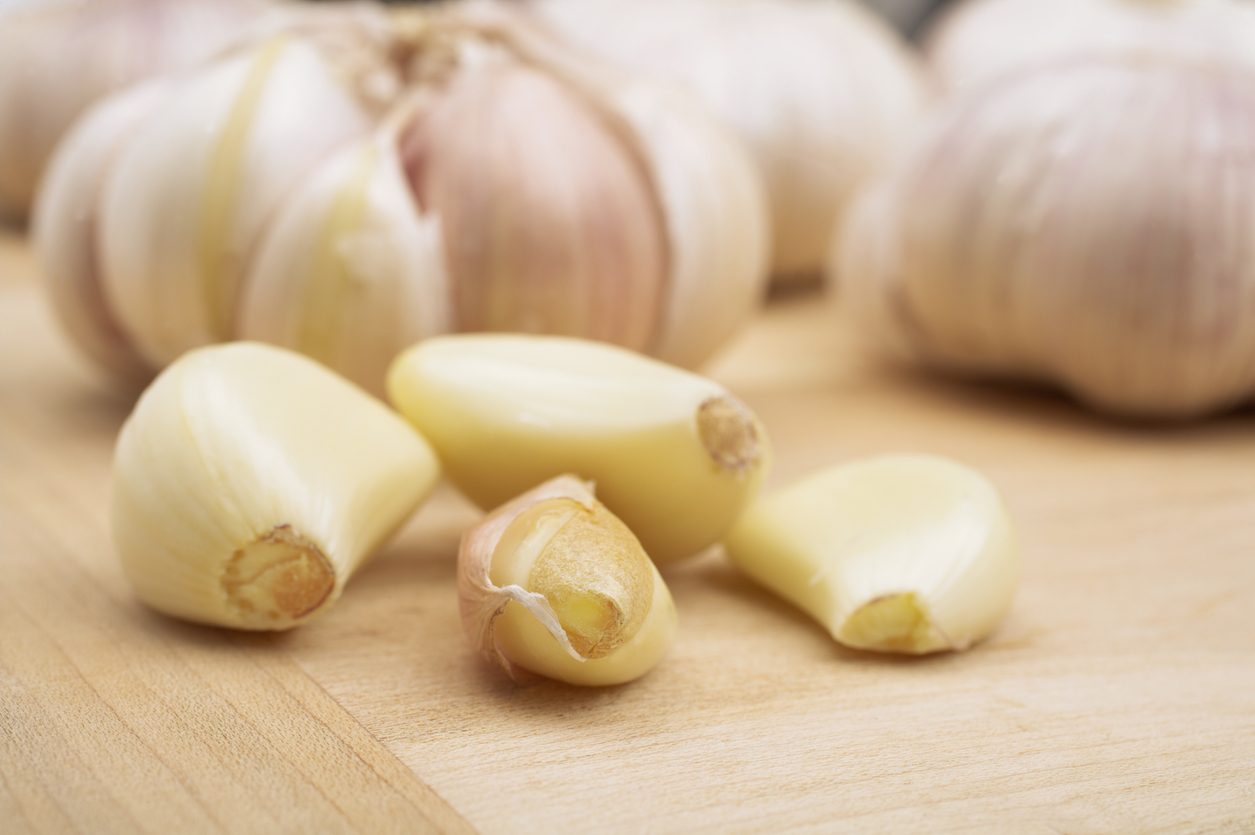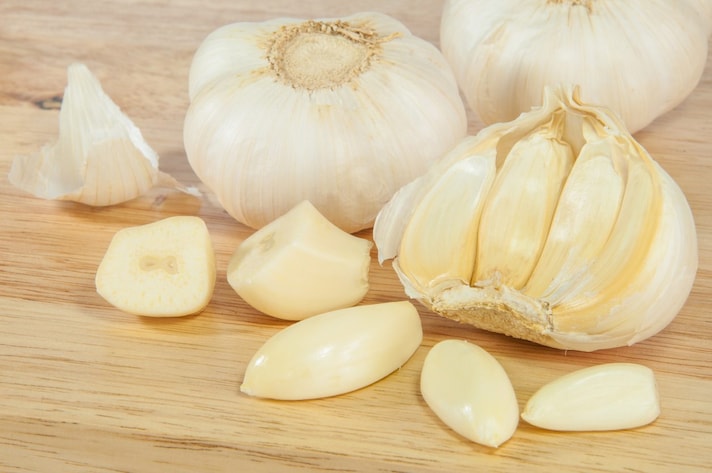Here’s Why Your Garlic Cloves Are So Small
Garlic cloves, though small, hold immense importance in cooking. This article explores the reasons behind their diminutive size, including factors like variety selection, growing conditions, and planting techniques. Additionally, it provides practical tips for cultivating larger garlic cloves, empowering readers to optimize their garlic harvest for enhanced flavor.
;Resize,width=742;)
Garlic is a staple ingredient in kitchens worldwide, known for its pungent flavor and numerous health benefits. However, one aspect that often puzzles cooks is the small size of garlic cloves. In this article, we'll delve into the reasons behind why garlic cloves are small and explore some fascinating facts about this exquisite ingredient.
Reasons Behind Small Garlic Cloves
Have you ever noticed those tiny garlic cloves in your kitchen? Wondering why they're so small? Let's take a closer look at why some garlic cloves come in such petite packages. It's not just chance; there are reasons behind their diminutive size, and understanding them can give us insight into this flavorful ingredient.

1. Variety Selection
The size of garlic cloves can vary depending on the variety of garlic being grown. Some varieties naturally produce smaller cloves compared to others. Garlic comes in two main varieties: softneck and hardneck. The difference lies in their stems and cloves. Hardneck garlic tends to have fewer but larger cloves, arranged around a central stalk. On the other hand, softneck garlic boasts an abundance of tiny cloves, making it a common sight in grocery stores due to its better shipping resilience and longer shelf life.
2. Growing Conditions
Garlic requires specific growing conditions to thrive. Factors such as soil quality, temperature, and moisture levels can influence the size of garlic cloves. Suboptimal conditions may result in smaller cloves.

3. Planting Depth and Spacing
Proper planting depth and spacing are crucial for garlic bulb development. Cloves planted too close together or too shallow may compete for resources, leading to smaller cloves.
4. Harvesting Time
The timing of garlic harvest can impact clove size. Harvesting too early may result in underdeveloped cloves, while delaying harvest too long can lead to cloves splitting or sprouting.
How the Size of Your Garlic Cloves Impacts Flavor

When it comes to garlic, size impacts flavor. Hardneck garlic packs a stronger punch with its robust taste, ideal for dishes craving a bold garlic flavor. Conversely, softneck garlic offers a milder taste, perfect for recipes where garlic plays a supporting role rather than taking center stage.
Therefore, you must take care to choose your garlic wisely. Spotting the difference between softneck and hardneck garlic can be tricky, especially once they're trimmed and displayed in stores. However, there are clues to help you discern between the two. At farmers' markets, look for bulbs with the stem still intact—the softness or solidity of the stem can indicate the garlic type. Additionally, feel the bulb to gauge the size and arrangement of the cloves. Hardneck varieties typically have fewer but larger cloves, while softneck bulbs boast numerous small cloves.
Tips for Growing Larger Garlic Cloves
Want to grow bigger, bolder garlic cloves in your own garden? With a little know-how and care, you can enjoy the satisfaction of harvesting hearty, robust garlic bulbs to enhance your cooking. Here are some tips to help you cultivate garlic that's bursting with flavor and size:
- Select garlic varieties known for producing larger cloves, such as Inchelium Red.
- Ensure garlic plants receive adequate sunlight, water, and nutrients throughout the growing season. Maintain proper soil pH and drainage for optimal bulb development.
- Plant garlic cloves with the pointed end facing up at the appropriate depth and spacing. Provide sufficient room between cloves to allow for healthy bulb formation.
- Remove weeds and mulch around garlic plants to conserve moisture and reduce competition. Monitor for pests and diseases, taking prompt action to address any issues.
Conclusion
When following recipes, keep in mind the size of your garlic cloves. While many recipes specify the number of cloves required, they often overlook the distinction between softneck and hardneck garlic. Smaller cloves may mean more peeling, but they're convenient for recipes needing just a hint of garlic, like dressings or sauces.
In essence, whether you're cooking up a storm or simply adding a touch of garlic to your dishes, being able to recognize the differences in garlic varieties can help you improve your cooking.
;Resize,width=767;)
;Resize,width=712;)
;Resize,width=712;)

